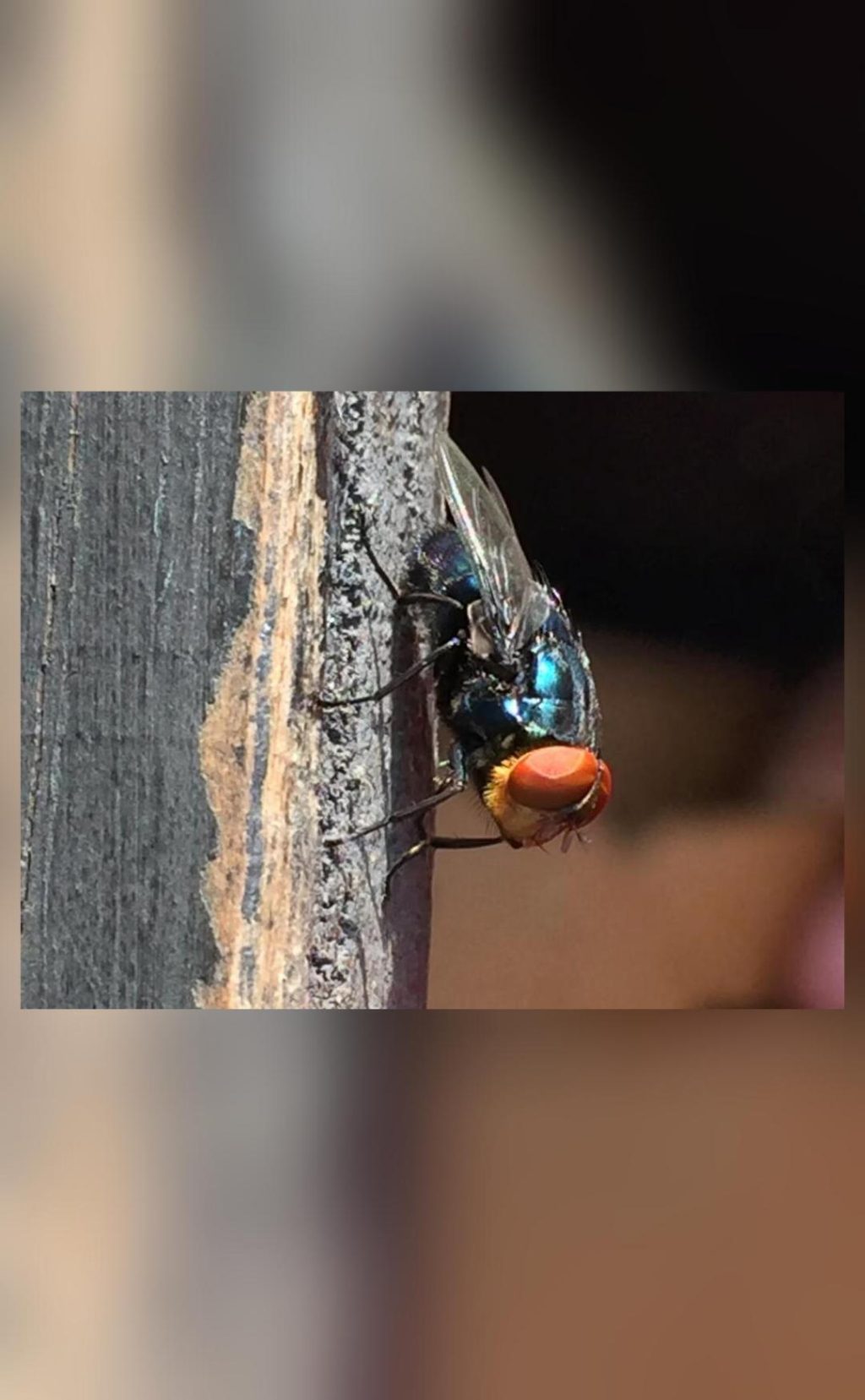
Why is US planning to breed screwworm flies & dump them from planes over Mexico?
In a rather unorthodox move, the United States government is preparing to breed billions of male screwworm flies and dump them from planes over Mexico and southern Texas to protect its beef industry from the flesh-eating larvae of the New World screwworm fly. This unusual strategy is aimed at reducing the population of the fly, which poses a significant threat to the country’s cattle industry.
According to a recent report, the US Department of Agriculture (USDA) has been working on a project to mass-produce male screwworm flies, which will be sterilized with radiation to prevent them from reproducing with female flies and causing the population to die out. This method is known as “sterile insect technique” (SIT) and has been used successfully in the past to control pest populations.
The New World screwworm fly, also known as Cochliomyia hominivorax, is a parasitic insect that lays its eggs in the flesh of warm-blooded animals, including livestock, pets, and even humans. The larvae that emerge from these eggs feed on the host’s flesh, causing significant damage and often leading to the death of the animal. The fly is native to Central and South America, but it was eradicated from the United States in the 1960s through a concerted effort by animal health officials.
However, in recent years, there have been several outbreaks of the fly in the southern United States, particularly in Texas and Florida. The fly is believed to have been reintroduced to the region through human activity, such as travel or the movement of infested animals.
To combat this resurgence, the USDA has developed a comprehensive plan to control the screwworm fly population. The plan involves releasing large numbers of sterilized male flies over areas where the fly is present, with the goal of mating with female flies and preventing them from laying eggs. Over time, the population of female flies will decline, and the fly will eventually become extinct.
The process of breeding and sterilizing the male flies is a complex one. It involves collecting pupae from the wild and rearing them in controlled environments. The pupae are then sterilized using radiation, which is a safe and effective method for preventing them from reproducing. The sterilized males are then released into the wild, where they will mate with female flies and prevent them from laying eggs.
The USDA has been working on this project for several years and has made significant progress. According to a report by the agency, more than 10 billion sterilized male flies have been released in the past decade, resulting in a significant decline in the screwworm fly population.
The US government is planning to release the sterilized male flies from planes over Mexico and southern Texas, with the goal of reducing the fly population in these areas. The flies will be released in areas where the fly is known to be present, and will be targeted specifically at areas where the fly is most likely to be found.
The decision to release the flies from planes is a deliberate one, as it allows the agency to cover a large area quickly and efficiently. The planes will be equipped with specialized equipment that will release the flies in a controlled manner, ensuring that they are dispersed evenly over the target area.
The project has been welcomed by many in the agricultural industry, who see it as a necessary step to protect the country’s cattle industry. “The screwworm fly is a significant threat to the beef industry, and this project is a critical step in preventing its spread,” said a spokesperson for the National Cattlemen’s Beef Association.
However, some have raised concerns about the potential risks associated with releasing large numbers of sterilized male flies into the environment. There are concerns that the flies could potentially harm non-target species, such as beneficial insects or wildlife.
The USDA has addressed these concerns by conducting extensive research on the potential impacts of the project. According to the agency, the sterilized male flies are specifically designed to mate with female flies and do not pose a risk to non-target species.
In conclusion, the US government’s decision to breed and release sterilized male screwworm flies over Mexico and southern Texas is a bold move aimed at protecting the country’s beef industry from the flesh-eating larvae of the New World screwworm fly. While there are concerns about the potential risks associated with this project, the USDA has conducted extensive research and has implemented measures to ensure that the flies do not harm non-target species.



